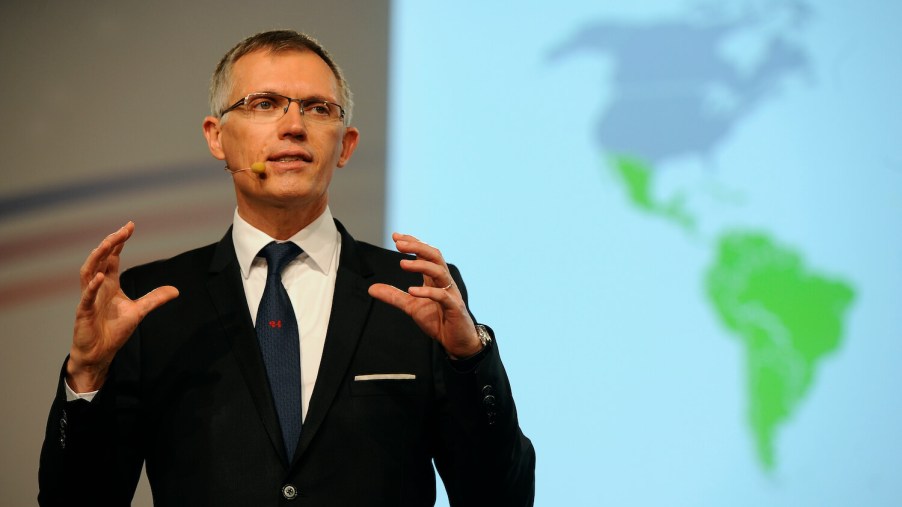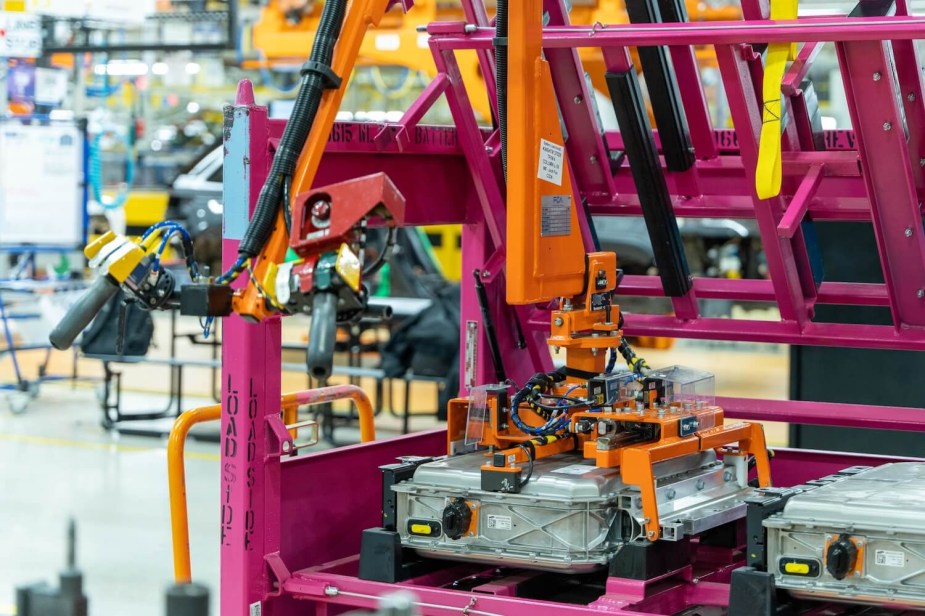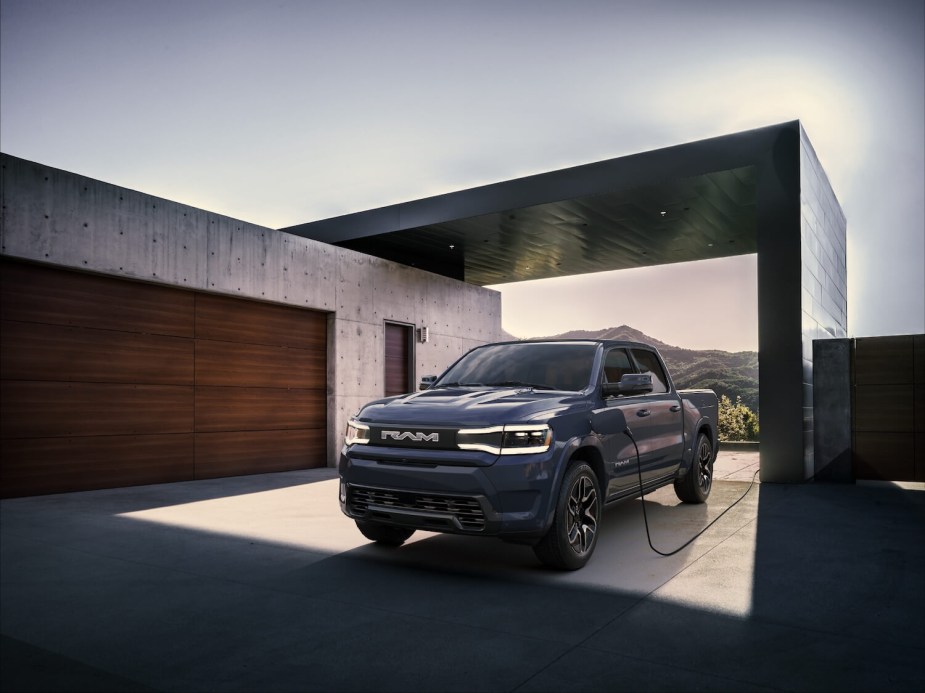
Stellantis: Earth May Not Have Enough Lithium To Replace Every ICE With an EV
The CEO of Stellantis–the merger which includes Dodge, Jeep, and Ram–pointed out that there may not be enough raw materials on earth to replace the current internal combustion fleet with electric cars and trucks. He stands by his promise to sell 100% EVs in Europe (and 50% in the U.S.) by 2030. But admits that doing so may create issues.
Not everyone can drive an electric Ram truck or a Charger EV

It sounds obvious: but the upcoming electric Ram truck and Dodge Charger EV are not for everyone. Some folks need more range in their vehicles. Others can’t afford the steep prices of EVs.
But many of us may not be able to buy them, even if we want them. Stellantis’ CEO warns that it might be impossible for everyone currently driving a traditional automobile to own an EV (Detroit News). There may not be enough raw materials on earth. The high price of current EVs (40% more than comparable ICEs, on average) is an indicator of this scarcity.
“The affordability is not there because the raw materials are scarce and very expensive, and I would add very volatile…We know that we need lithium. We know that we are not producing as much as we need. We have right now 1.3 billion cars (that are) internal combustion engine powered on the planet. We need to replace that with clean mobility. That will need a lot of lithium. Not only the lithium may not be enough, but the concentration of the mining of lithium may create other geopolitical issues.”
Carlos Tavares, Stellantis CEO
Our lithium-limited future

Tavares made the above comments during a Stellantis-hosted panel following the brand’s announcement to leave the European Automobile Manufacturers Association. Navares is attempting to change the corporate approach to public affairs and lobbying. He and six other experts engaged in a candid conversation about what our lithium-limited future might look like.
Some of the experts argued that if we can only make a limited number of clean vehicles, we should ensure everyone’s mobility by focusing on public transit. To this end, Stellantis’ research into large, full-frame EVs (such as the electric Ram “REV” pickup truck and Jeep Wrangler 4xe) is especially valuable.
Other panelists argued that we should pursue clean technologies that are not dependent on lithium. These could include synthetic fuels or re-using biogas already produced by agriculture. They could also include EVs with internal combustion range extenders (essentially on-board generators) which are much more efficient than current internal combustion engines.
The consensus amongst the panelists seemed to be that Europe’s 100% ban on all combustion by 2030 is a bit hasty, if only in its limiting research into clean combustion technologies. A law limiting greenhouse gases but not legislating the technologies automakers use to get there would be called “technology-neutral.” Tavares argues that such a law would be better.
“Our societies are losing a lot of great potential by not having a technology-neutral regulations. This is a big, big loss of creativity of scientific power that we are deciding upfront by imposing one single technology instead of having a technology-neutral regulation that would create healthy competition.”
Carlos Tavares, Stellantis CEO
Stellantis’ EV pledge

Despite Tavares’ warnings, Stellantis has pledged that by 2030, 100% of its vehicles sold in Europe will be EVs. In addition, it’s promised that 50% of its vehicles sold in the U.S. in 2030 will be EVs–such as the Charger EV or electric Ram truck. Tavares says his company still plans to make good on this promise.
What does this mean? With EVs costing 40% more than ICEs, we may see much more barebones vehicles or even low-income drivers suddenly unable to afford their own vehicles. If EVs do prove to last longer than ICE vehicles, their higher initial price may even out over their lifespan, but this doesn’t change the high initial price.
To make matters worse, Mercedes-Benz’s CEO warned that EVs may get more expensive due to increased production and a finite number of lithium mines.
Tavares argues that the automobile industry should absorb the price difference between EVs and internal combustion cars. Doing this while serving their shareholders wil be tricky. But if EVs do last longer, automakers could offer longer leases. In addition, if electricity continues to be cheaper than gasoline, automakers could offer all-inclusive “transportation subscriptions,” charging the same per mile as it currently costs to operate an internal combustion car.
The bigger picture impact of combustion bans is that automakers such as Stellantis must funnel most of the lithium they can find into full battery electric vehicles for the European and North American markets. This amounts to lithium hoarding just so the world’s wealthiest drivers can enjoy long-range EVs. Making every new vehicle (built for any part of the planet) a plug-in hybrid would have a much more significant impact on the net greenhouse gases we produce.
Considering that we share a single atmosphere, sharing lithium would be a much wiser way to combat climate change.
Next, read about an alternative to the combustion ban or see the Freedom of Mobility Forum for yourself in the video below:



